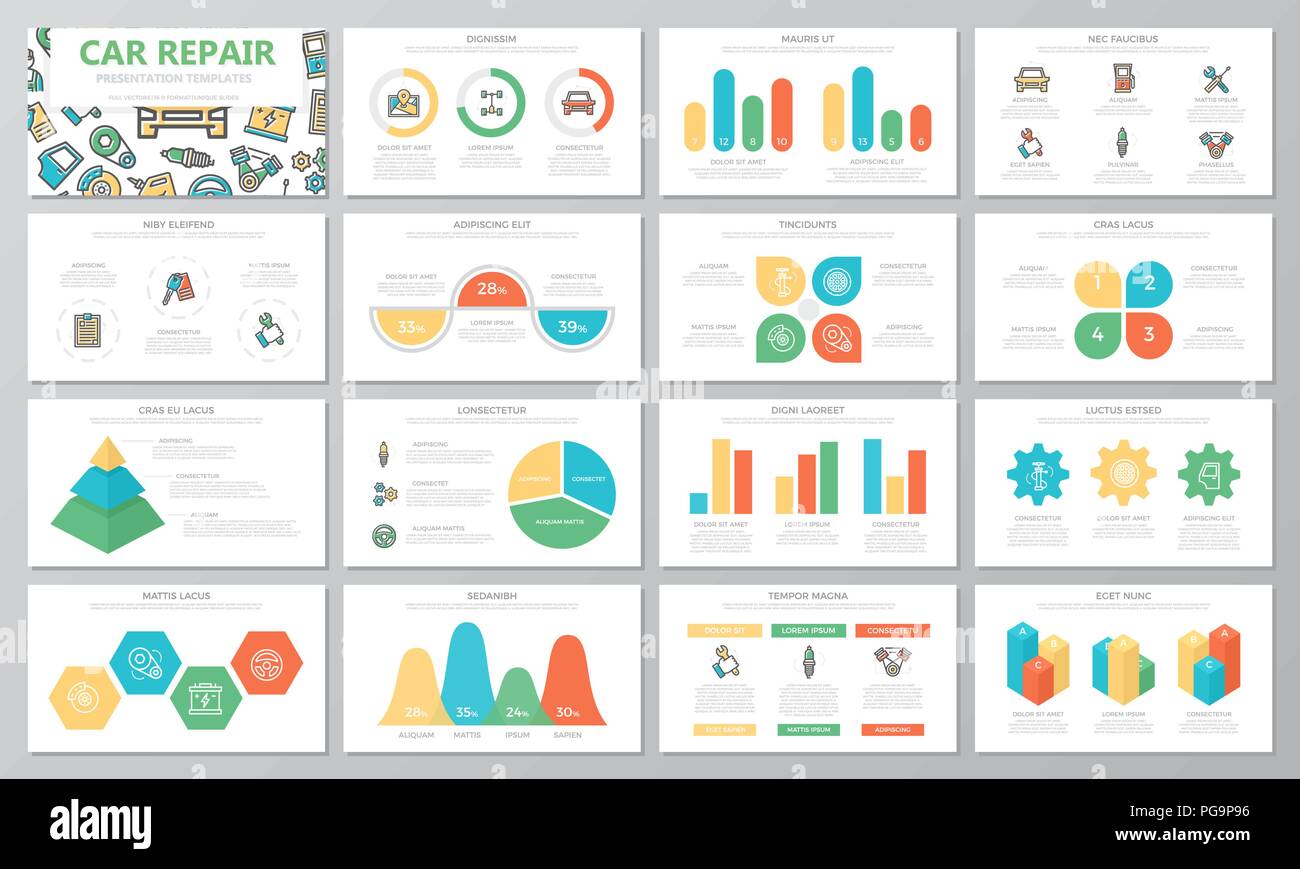Translating Your Automobile'S Alert Lighting: Their Real Implications
Translating Your Automobile'S Alert Lighting: Their Real Implications
Blog Article
Writer-Termansen Stark
When you're behind the wheel, those radiant warning lights on your control panel can be a bit complicated. Do you understand what they're trying to tell you about your automobile's health and wellness? Comprehending the value of these lights is important for your safety and the durability of your lorry. So, the next time one of those lights turns up, would not you intend to decode its message precisely and take the needed actions to address it?
Common Warning Lighting and Interpretations
Recognize common caution lights in your car and understand their significances to guarantee risk-free driving.
One of the most common caution lights consist of the check engine light, which indicates problems with the engine or discharges system. If this light comes on, it's critical to have your car inspected immediately.
The oil pressure advising light suggests reduced oil pressure, needing immediate attention to prevent engine damages.
A flashing battery light might suggest a malfunctioning charging system, potentially leaving you stranded otherwise attended to.
The tire pressure tracking system (TPMS) light alerts you to low tire pressure, impacting car security and fuel performance. Overlooking this might result in unsafe driving problems.
The ABS light indicates a trouble with the anti-lock braking system, endangering your capacity to quit swiftly in emergency situations.
Last but not least, the coolant temperature warning light warns of engine overheating, which can lead to serious damage if not fixed quickly.
Understanding these usual warning lights will aid you attend to concerns quickly and maintain safe driving conditions.
Value of Prompt Interest
Comprehending the common warning lights in your vehicle is only the first step; the importance of promptly attending to these warnings can't be stressed enough to ensure your safety and security when traveling.
When a warning light brightens on your dashboard, it's your automobile's method of connecting a prospective problem that needs focus. Neglecting these cautions can bring about extra extreme problems in the future, jeopardizing your safety and security and possibly costing you a lot more in repairs.
Motivate attention to advising lights can stop break downs and accidents. For example, a blinking check engine light might show a misfire that, if left ignored, could trigger damage to the catalytic converter. Addressing this without delay can conserve you from a costly fixing.
In a similar way, a brake system warning light could signify reduced brake liquid or used brake pads, critical parts for your safety when driving.
DIY Troubleshooting Tips
If you see a warning light on your dashboard, there are a couple of DIY troubleshooting suggestions you can attempt prior to looking for expert help.
The very first step is to consult your car's guidebook to understand what the particular caution light indicates. In some cases the concern can be as simple as a loose gas cap triggering the check engine light. Tightening the gas cap may resolve the problem.
One more common concern is a reduced battery, which can trigger different advising lights. Checking the battery connections for corrosion and guaranteeing they're safe might fix the trouble.
If a caution light continues, you can attempt resetting it by disconnecting the auto's battery for a couple of mins and then reconnecting it. Additionally, examining https://andreqhxnd.smblogsites.com/32114076/assess-your-automobile-s-needs-to-discover-the-excellent-vehicle-detailing-solution-for-you-however-which-factors-will-really-influence-your-choice , such as oil, coolant, and brake fluid, can aid fix warning lights associated with these systems.
Conclusion
Finally, understanding your automobile's warning lights is vital for keeping your vehicle running efficiently and safely. By promptly addressing these alerts and knowing what they indicate, you can stay clear of pricey repair work and potential failures.
Keep in https://www.autoserviceworld.com/why-right-to-repair-cant-be-voluntary/ to consult your vehicle's handbook for particular information on each alerting light and act accordingly to guarantee a trouble-free driving experience.
Remain notified, stay safe when traveling!
